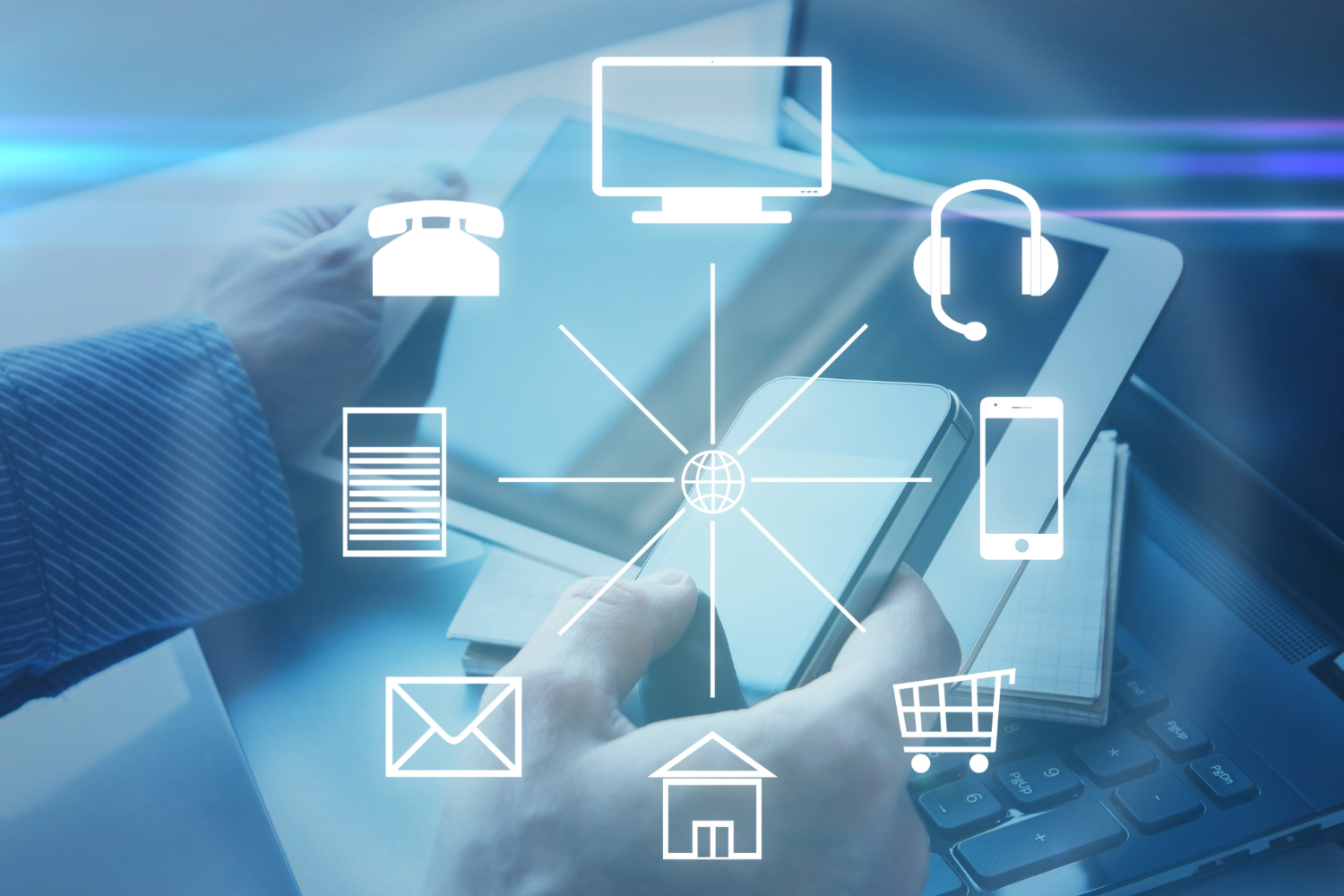In today’s highly connected world, businesses need to adopt innovative strategies to engage with their target audience effectively. One such strategy that has gained significant prominence is omnichannel marketing. In this article, we will delve into the concept of omnichannel marketing, explore its benefits, and provide actionable insights on how to implement it successfully. So, let’s dive in!
1. Introduction
In today’s digital landscape, where customers interact with brands across various touchpoints, it is essential for businesses to provide a seamless and integrated experience. This is where omnichannel marketing comes into play. By leveraging omnichannel marketing strategies, businesses can create a unified customer journey that transcends individual channels, resulting in increased engagement, customer satisfaction, and ultimately, higher conversion rates.
2. What is Omnichannel Marketing?
Omnichannel marketing is a holistic approach that focuses on delivering a consistent and personalized customer experience across multiple channels and devices. Unlike multichannel marketing, which simply involves using various channels to reach customers, omnichannel marketing emphasizes integration and synchronization to create a seamless experience at every touchpoint.
3. Understanding the Importance of Omnichannel Marketing
In the era of digital transformation, customers expect a connected experience across all platforms. They interact with brands through websites, social media, mobile apps, physical stores, and more. Failing to provide a consistent experience can lead to customer frustration and loss of business. Omnichannel marketing addresses this challenge by aligning all channels, allowing customers to switch seamlessly between them while maintaining a consistent brand identity.

4. Key Components of an Effective Omnichannel Marketing Strategy
To implement a successful omnichannel marketing strategy, businesses should focus on three key components: seamless customer experience, integrated marketing channels, and data analytics with personalization.
4.1. Seamless Customer Experience
A seamless customer experience involves creating a unified journey that eliminates friction as customers transition between different channels. This requires aligning messaging, branding, and design across all touchpoints to ensure a cohesive experience.
4.2. Integrated Marketing Channels
Integrating marketing channels involves breaking down silos and enabling seamless communication between various channels. By leveraging technology and automation, businesses can synchronize their messaging, offers, and customer data, ensuring a consistent and relevant experience.
4.3. Data Analytics and Personalization
Data analytics plays a crucial role in understanding customer behavior and preferences. By leveraging data insights, businesses can personalize their marketing efforts and deliver targeted content to the right audience at the right time, enhancing engagement and conversion rates.
5. How Does Omnichannel Marketing Work?
Successful implementation of omnichannel marketing relies on several key strategies:
5.1. Customer Journey Mapping
To create a seamless omnichannel experience, businesses must understand their customers’ journey. Customer journey mapping involves identifying touchpoints, interactions, and pain points throughout the buying process. By gaining insights into customer behavior, businesses can optimize their marketing efforts accordingly.
5.2. Channel Integration
Integrating marketing channels involves connecting various touchpoints and channels to ensure a consistent experience. This includes integrating online and offline channels, such as websites, mobile apps, social media platforms, physical stores, and call centers, to provide a unified experience.
5.3. Consistent Messaging and Branding
Maintaining consistent messaging and branding is essential in omnichannel marketing. Businesses should ensure that their core brand values, tone of voice, and visual identity are reflected across all channels, reinforcing brand recognition and trust.
5.4. Real-Time Data Synchronization
Real-time data synchronization allows businesses to have up-to-date and accurate customer information across all channels. This enables personalized communication and ensures that customers receive relevant offers and messages based on their preferences and behaviors.
6. Benefits of Omnichannel Marketing
Implementing an effective omnichannel marketing strategy offers several benefits:
- Enhanced customer experience and satisfaction
- Increased customer loyalty and retention
- Higher conversion rates and sales
- Improved brand visibility and recognition
- Better data insights for targeted marketing efforts
7. Implementing an Omnichannel Marketing Strategy
To implement an omnichannel marketing strategy successfully, consider the following steps:
7.1. Identify Your Target Audience
Understanding your target audience’s demographics, preferences, and behaviors is essential for tailoring your marketing efforts effectively. Conduct thorough market research and leverage customer data to gain insights into your audience.
7.2. Analyze Customer Behavior
By analyzing customer behavior across different touchpoints, you can identify patterns, pain points, and opportunities for improvement. Use data analytics tools to track customer interactions and engagement metrics.
7.3. Choose the Right Channels
Select the channels that align with your target audience and business goals. Whether it’s social media platforms, email marketing, mobile apps, or physical stores, focus on the channels that provide the greatest potential for customer engagement and conversion.
7.4. Establish a Centralized Data System
Implement a centralized data system that integrates customer information from various channels. This ensures a consistent view of customer data and facilitates personalized communication and marketing automation
7.5. Craft Personalized and Relevant Content
Leverage customer data to create tailored content that resonates with your target audience. Personalize your messaging, offers, and recommendations based on customer preferences and behaviors to drive engagement and conversion.
7.6. Test, Measure, and Optimize
Continuously test and measure the effectiveness of your omnichannel marketing efforts. Monitor key performance indicators (KPIs), track customer feedback, and analyze data to identify areas for improvement and optimize your strategy accordingly.
8. Challenges and Solutions in Omnichannel Marketing
Implementing an omnichannel marketing strategy comes with its own set of challenges. Here are a few common challenges and their solutions:
8.1. Channel Consistency
Maintaining consistency across multiple channels can be challenging. To address this, develop clear brand guidelines and provide training to ensure that messaging, tone, and design align across all touchpoints.
8.2. Data Integration
Integrating data from different systems and platforms can be complex. Invest in robust data integration tools or platforms that facilitate seamless data synchronization and enable a unified customer view.
8.3. Resource Allocation
Implementing an omnichannel marketing strategy requires resources, including technology, skilled personnel, and budget. Allocate resources strategically to prioritize channels and activities that offer the greatest potential for ROI.
8.4. Customer Privacy and Security
Collecting and storing customer data comes with responsibilities. Ensure compliance with data protection regulations and implement robust security measures to protect customer information and build trust.
9. Conclusion
Omnichannel marketing is a powerful strategy that enables businesses to create a seamless and personalized customer experience. By integrating channels, leveraging data insights, and delivering consistent messaging, businesses can enhance customer engagement, loyalty, and ultimately, drive business growth. Embrace the power of omnichannel marketing, adapt to evolving customer expectations, and stay ahead of the competition.
You can also read this Best Omnichannel Marketing Software Boost Your Marketing Efforts




















































































